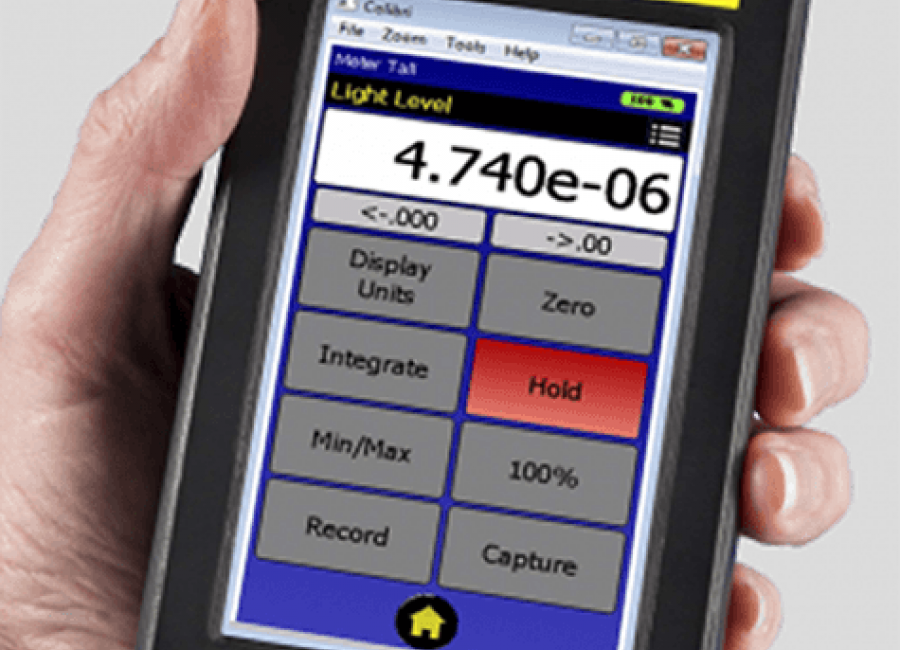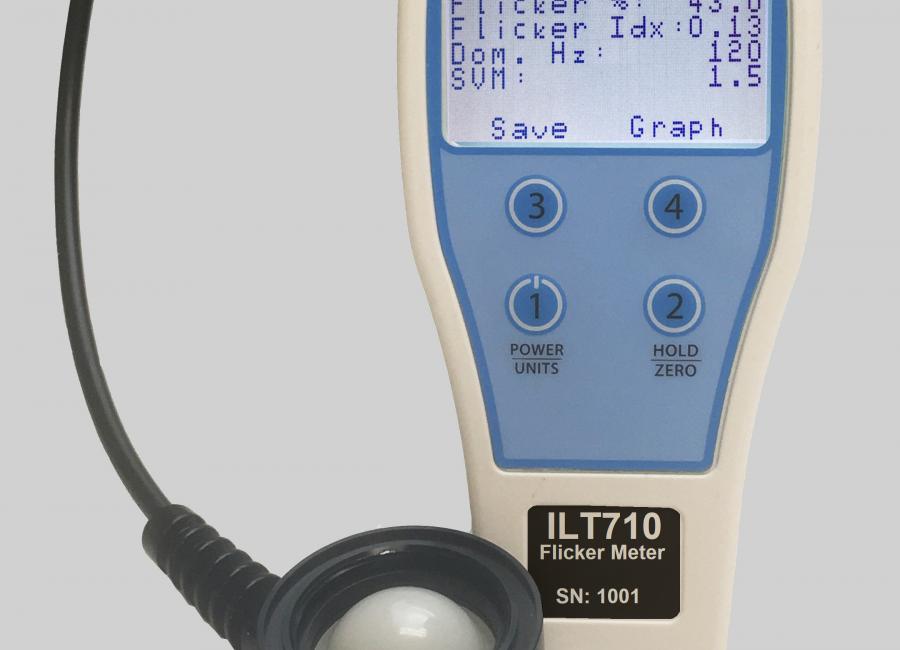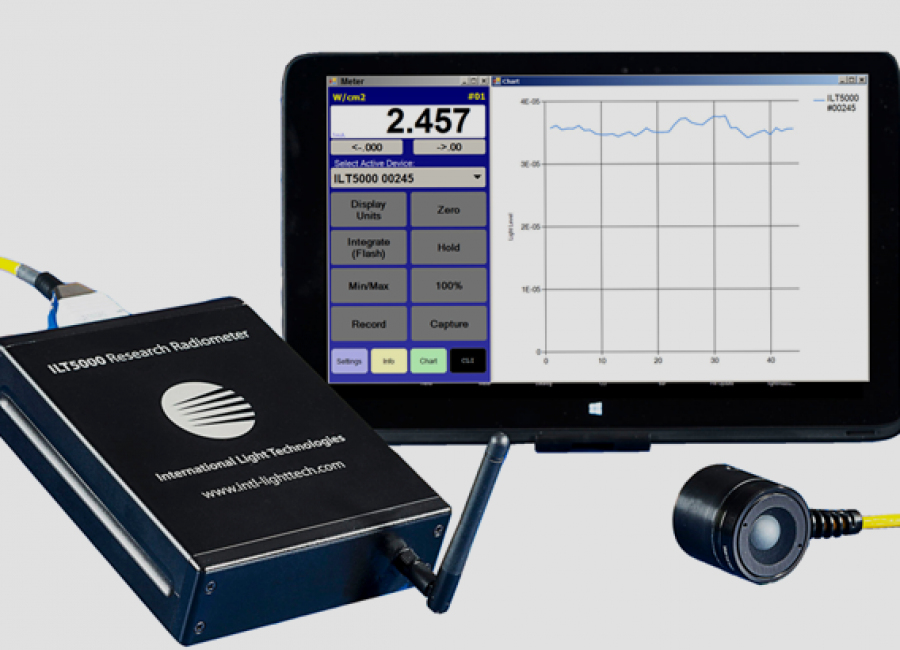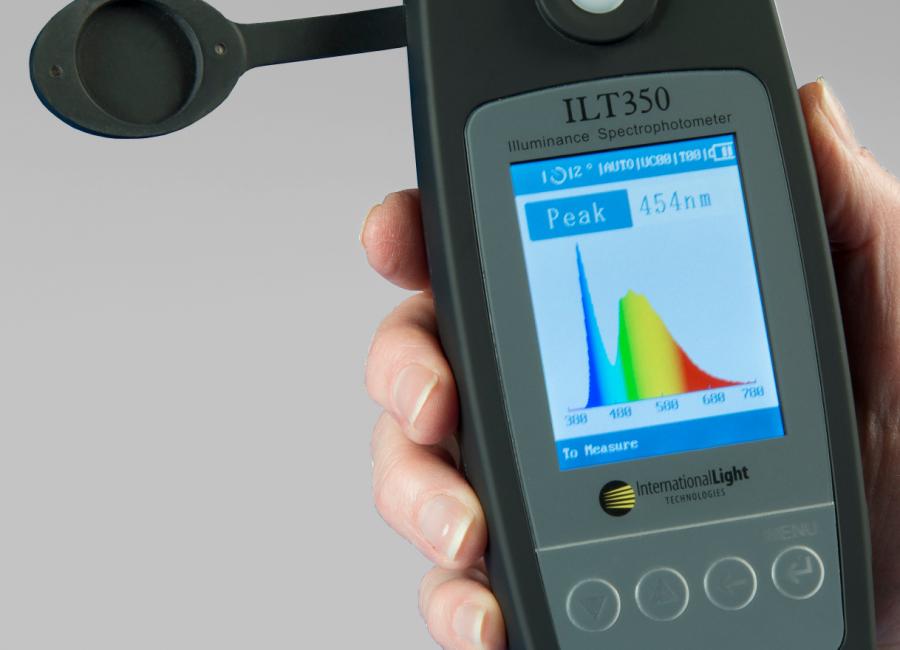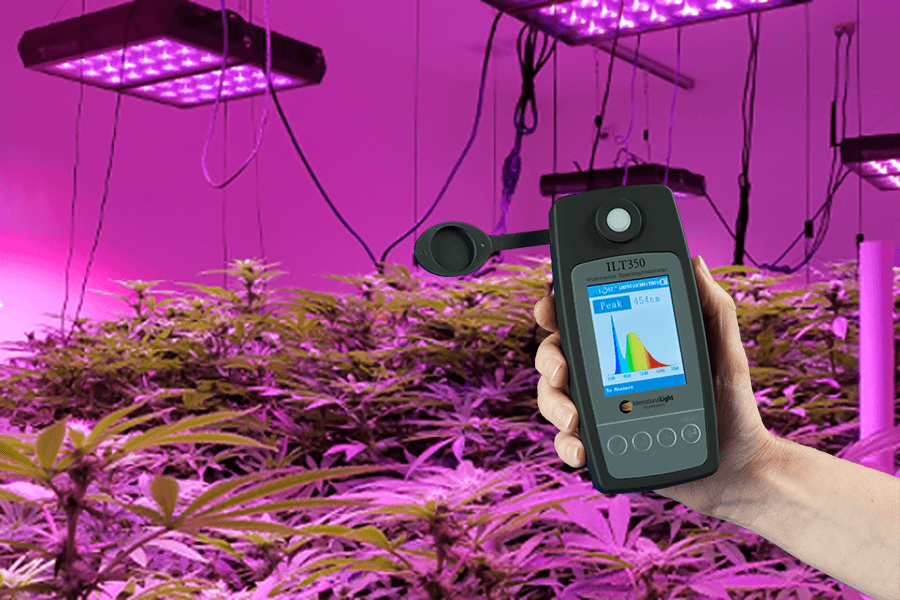
Light has been used in a host of applications including medical, industrial, agricultural, and manufacturing processes for decades. In these applications light provides more than a means to see by. In these applications light is used to generate a reaction. For example, when using light for curing polymers, UV light is used to initiate a photochemical reaction within the photopolymer such as a coating or adhesive. This reaction changes the polymer from one state to another, e.g., from wet to dry.
In disinfection applications, UV light is used to neutralize microorganisms such as bacteria, viruses, molds, yeasts and other pathogens. This is accomplished when ultra violet light, typically in the 100 - 280 nm range, disrupts the DNA of the germ, making it unable to reproduce thus rendering it inactive. In agricultural applications, light at different wavelengths triggers numerous processes within plants including photosynthesis and germination.
Regardless of the application or process, if the light source being used is a critical component in the process, verification and validation that the light source is functioning properly is crucial.
In these critical applications visual inspection of the light source or the surface being treated is not sufficient to determine its efficacy. Instead a specialized optical meter designed to measure a lights’ output is necessary.
Why Measure
There are a number of reasons why you’d want to measure your light source. We will discuss each of those below:
Lamp Aging
All light sources age with time. The aging process can cause a lamp to lose inensity (how much light it emits) as well as a shift in its spectrum (the wavelength(s) of light being emitted). When your process is dependent on either or both of these variables, understanding how your lamp is aging is important. If your lamp is emitting less light it may lose its effectiveness and the process may break down. Identifying what is happening with the light source enables you to make adjustments to your process to combat the change. For example you may be able to increase the exposure time of the material/surface to achieve the same dose, thus saving a costly lamp replacement that may not be needed.
For some lamps, the aging process may mean that it no longer produces a sufficient amount of light at a particular wavelength. In some cases this may render the lamp ineffective for the task, thereby requiring a replacment.
Process Monitoring & Control
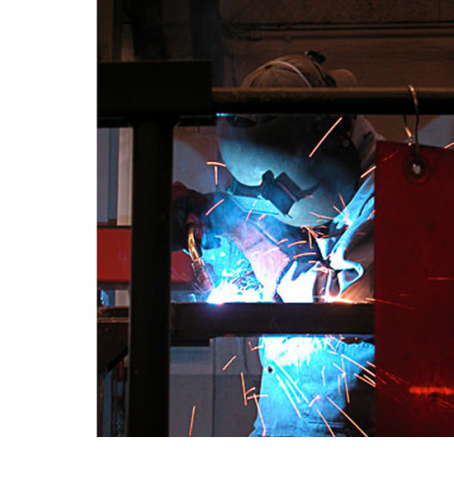
In industrial and manufacturing processes, dirt and grime can build up on lamps. Reflectors can get dirty and knocked out of alignment. Conveyor settings may become misaligned. Lamps that are integrated into part of a larger process may need to be checked as part of a process control system. Wear and tear of other components in the process may impact how the light within that process performs. Light measurement as part of a process control system can help pinpoint and identify problem areas and enable users to take corrective measures to avoid costly maintenance and downtime, and reduce waste. To read more about light measurement as part of a process control system, read our white paper on UV Process Monitoring and Control here.
Hazard Detection
Light can be hazardous. UV light in particular can cause damage skin and eyes. Lights used in entertainment venues can be damaging to eyes and for some, can cause seizures. Extremely intense flashes of light produced from processes like cutting and welding and other industrial processes can cause eye damage or create other hazards. Light measurement can help determine the level of exposure that individuals in the vicinity of these types of light may have.
Compliance
Some industries have strict compliance and protocols to ensure the safety of a product or process. Industries such as medical, aerospace, and food processing where traceability of components is required, merely performing light measurement as part of a process control system may not be enough. Having a light meter with an ISO/IEC 17025:2017 accredited calibration certificate and NIST traceability may be necessary. To read more about ISO/IEC 17025:2017 accredited calibrations and why they are important, read our blog here.
There are many reasons to measure your light source. From R&D to process control to scientific study, light measurement is a critical component to any application where light is used.

